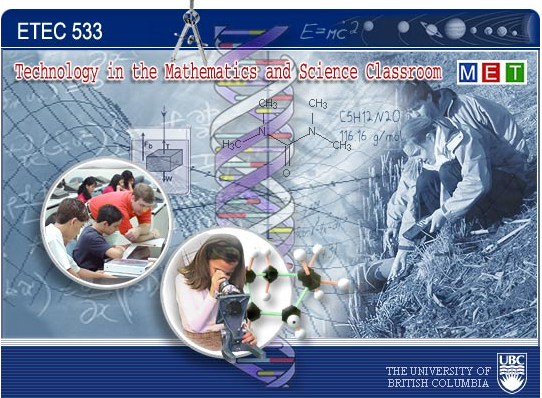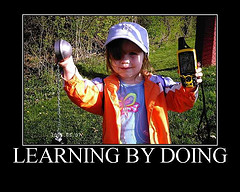According to Resnick and Wilensky (1998), while role-playing activities have been commonly used in social studies classrooms, they have been infrequently used in science and mathematics classrooms. Speculate on why role playing activities may not be promoted in math and science and elaborate on your opinion on whether activities such as role playing should be promoted. Draw upon direct quotations from embodied learning theories and research in your response.
Despite the growing interest in role-playing activities, both in school classrooms and in the culture at large, … the role-playing activities are rare in mathematics and science classrooms. (Resnick & Wilensky, 1998) Why is that? When they start in Kindergarten, kids will learn to play in groups and at young age will experiment role playing with toys as they invent, create, experience, live their imagination and creativity through this learning exercise. Schools observed that phenomena and reproduced it in classrooms and it does allow the students to understand concepts because they embody it. Winn (2003) arguments that learning occurs when people adapt to their environment. To understand adaptation, we must think of the learner as embedded in the learning environment and physically active in it, so that cognition can be thought of as an embodied as well as a cerebral activity.
Following on Resnick & Wilensky (1998), I think role playing is rarely used in Maths and Science for a few reasons :
1- It is mostly used to help students adopt the perspective of another person (Resnick & Wilensky, 1998) ;
2- Science is usually taught as detached observation and analysis of phenomena (Resnick & Wilensky, 1998) ;
3- Role playing is related to drama and arts at older age. Scientists are believing in facts and expressing emotions might not be the most comfortable position for them.
Stevens (2012) stated that long banished from the main stage by an idealized, inside-the-head information-processing worldview, the body is steadily being rediscovered in the work of thinking and learning. It seems like it has been forgotten. The body is an extension of the brain and is capable of representing what the mind thinks. By expressing their thoughts, students can demonstrated some processes happening in their brain. Resnick & Wilensky (1998) discuss the fact that it is much difficult for students to build on their experiences and make strong personal connections to mathematics and science. The learning process should be more of an active participation and less of distanced reflection. Stevens (2012) talks about how individual human beings have recurrent shared physical experiences and common biologically given bodies and thereby develop common internal concepts and conceptual systems based on these experiences. The latter also mentioned how the body is a public resource for thinking, learning, and joint activity, with the body understood as “a dynamically unfolding, interactively organized locus for the production and display of relevant meaning and action. If the body becomes a public resource to express thoughts, then it has to be understood and linked to learning. This expressionism is often left to drama courses and arts to be exteriorised. But Winn (2003) says that constructivists stress the social nature of learning. Knowledge is not constructed in a vacuum, but through the negotiation of meaning within groups of people. Role playing is a great way to demonstrate learning and create meaning. Science and Mathematics should not be excluded or distanced from these great opportunities to create connections from personal experiences.
References :
Stevens, R. (2012). The missing bodies of mathematical thinking and learning have
been found. Journal of the Learning Sciences, 21(2), 337-346.
Resnick, M., & Wilensky, U. (1998). Diving into complexity: Developing probabilistic
decentralized thinking through role-playing activities. The Journal of the
Learning Sciences, 7(2), 153-172.
Winn, W. (2003). Learning in artificial environments: Embodiment, embeddedness, and
dynamic adaptation. Technology, Instruction, Cognition and Learning, 1(1), 87-
114. Full-text document retrieved on January 17, 2013, from:
http://www.hitl.washington.edu/people/tfurness/courses/inde543/READINGS-

